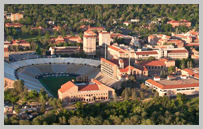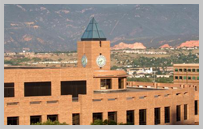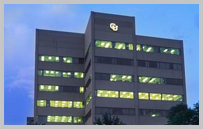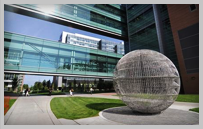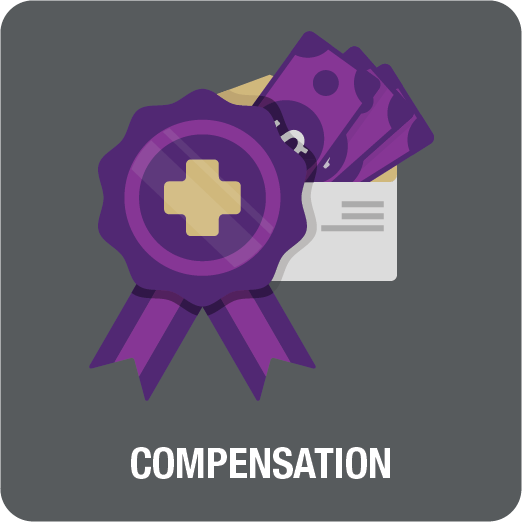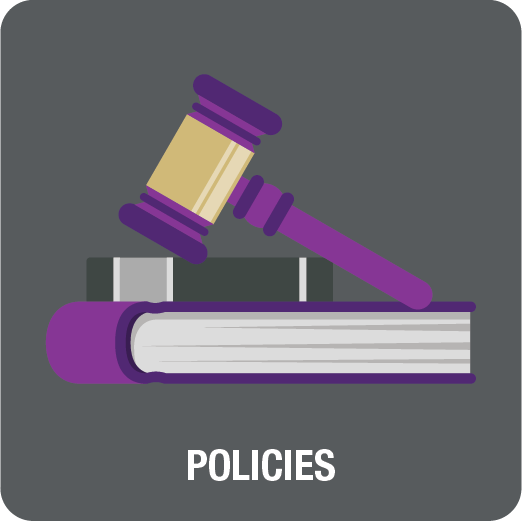In addition to Regent Laws and Policies and university-wide Administrative Policy Statements (APSs), each campus and System Administration has their own policies/procedures that implement the Regent Laws and Policies, APSs and other operational functions specific to them.
These pages provide information on policies, procedures and employee resources that only apply to System Administration employees and functions. While this provides a list of these, there may be additional ones not identified. If you are aware of any policies, procedures and employee resources not listed here please notify ope@cu.edu so they can be included on this resource page.
